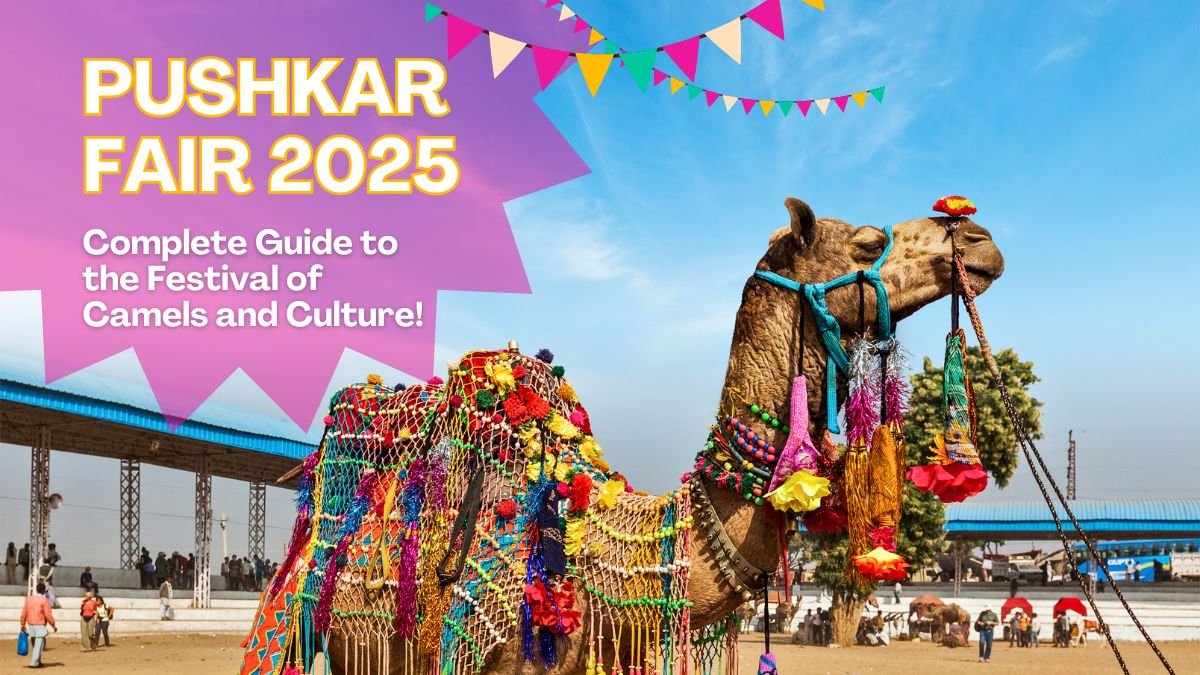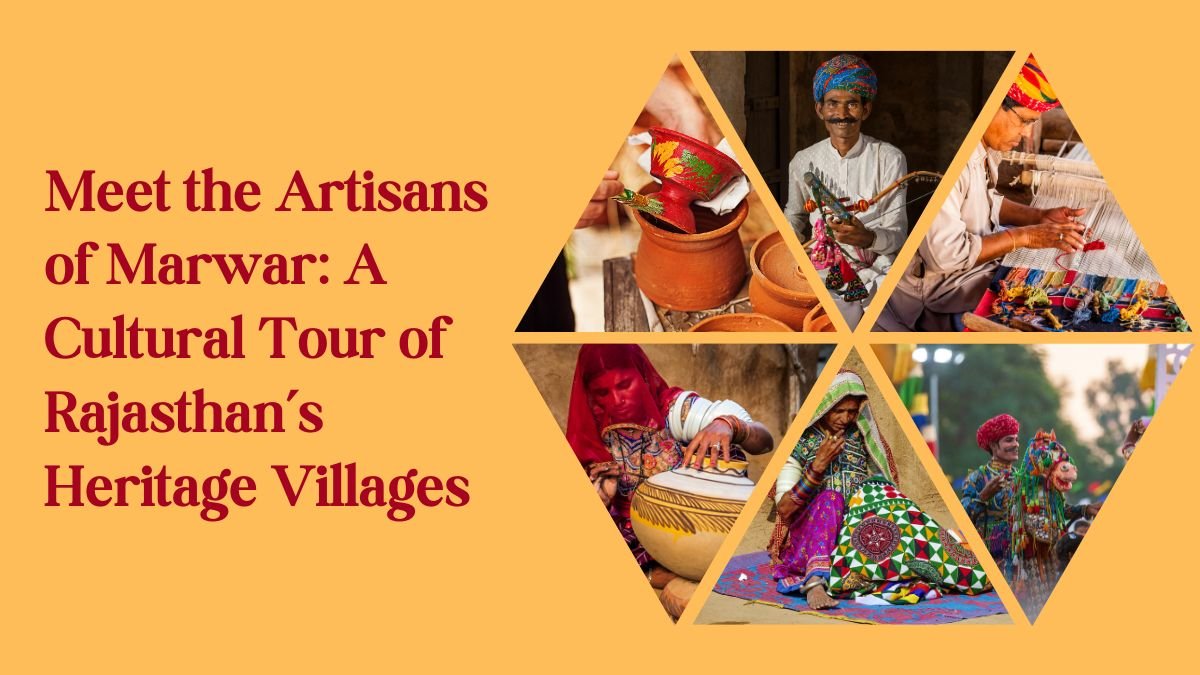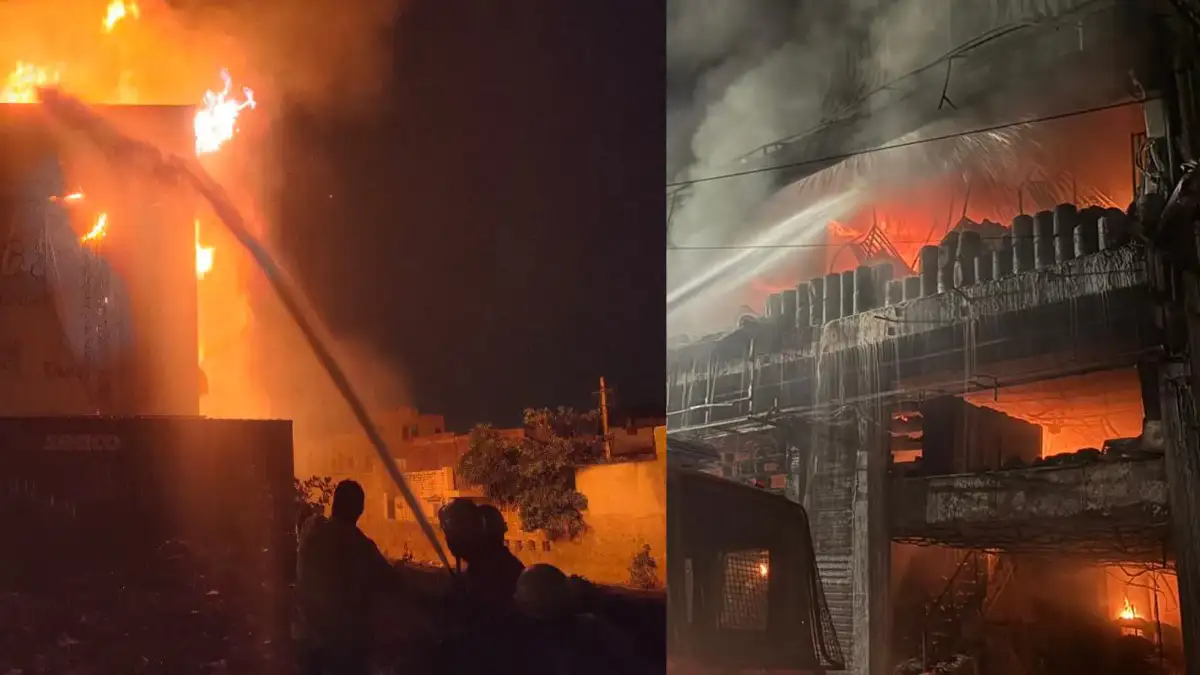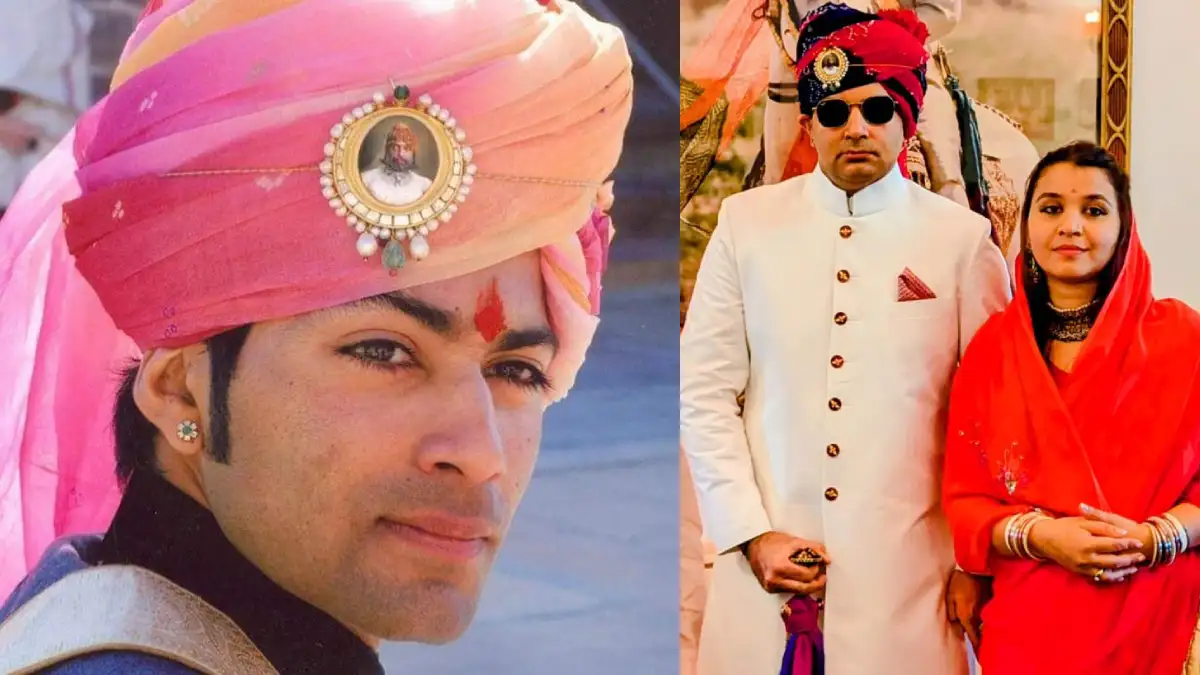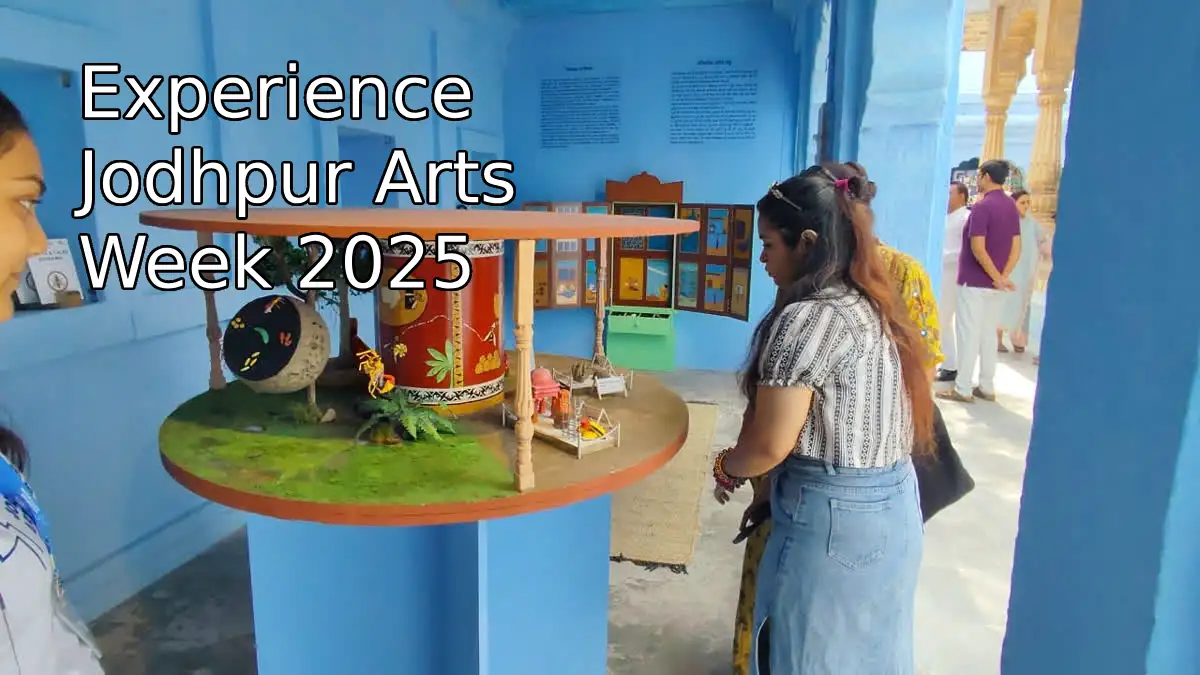In the heart of western Rajasthan lies Marwar, a land of golden dunes, royal forts, and timeless artistry. While cities like Jodhpur and Osian capture much of the tourist spotlight, it’s the heritage villages of Marwar that truly reflect the region’s soul. Here, art isn’t confined to museums — it lives in every brushstroke, carved doorway, and rhythmic loom.
A Marwar Villages Tour is more than a sightseeing trip; it’s an invitation to meet the artisans who have carried forward centuries-old traditions, transforming clay, fabric, wood, and metal into cultural masterpieces. Let’s journey through these hidden gems and meet the hands that shape Rajasthan’s vibrant identity.
The Spirit of Marwar’s Heritage Villages
Each village in the Marwar region tells a story — of craftsmanship, resilience, and royal patronage. From the blue houses of Jodhpur to the rural charm of Salawas and Pipar, every corner reflects Rajasthani creativity.
These villages are home to diverse artisan communities — potters, weavers, metal workers, miniature painters, and block printers — who blend tradition with innovation. Their crafts not only sustain livelihoods but also preserve Marwar’s legacy for future generations.
1. Salawas — The Land of the Durry Weavers
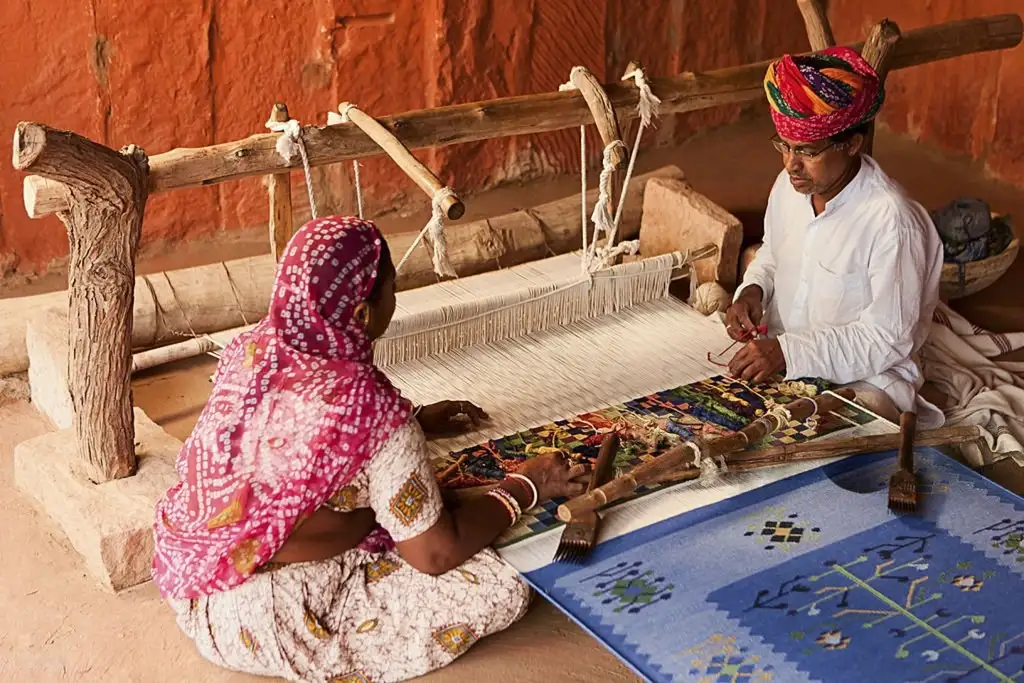
Located about 25 km from Jodhpur, Salawas is famous for its handwoven “Panther Durries.” These colorful rugs, crafted from cotton and wool, are woven using techniques passed down for generations.
Each durry tells a story — geometric motifs, vibrant contrasts, and patterns inspired by desert life. The rhythmic clack of looms fills the air, as artisans welcome visitors into their simple mud homes to demonstrate the weaving process.
Traveler’s Tip: You can purchase authentic Salawas durries directly from artisans, ensuring fair prices and genuine craftsmanship.
2. Pottery and Clay Craft at Bhopalgarh

The village of Bhopalgarh, near Jodhpur, is known for its terracotta pottery and hand-molded clay utensils. The artisans here still use natural dyes and simple wheels to shape pots, lamps, and decorative items.
Rajasthan’s desert clay gives the pottery its unique reddish tint. Many workshops allow visitors to try wheel pottery — a perfect hands-on souvenir experience.
Don’t Miss: Traditional “Matkas” (earthen water pots) that keep water cool naturally, still used widely in Marwar homes.
3. Pipar — Home of the Block Printers
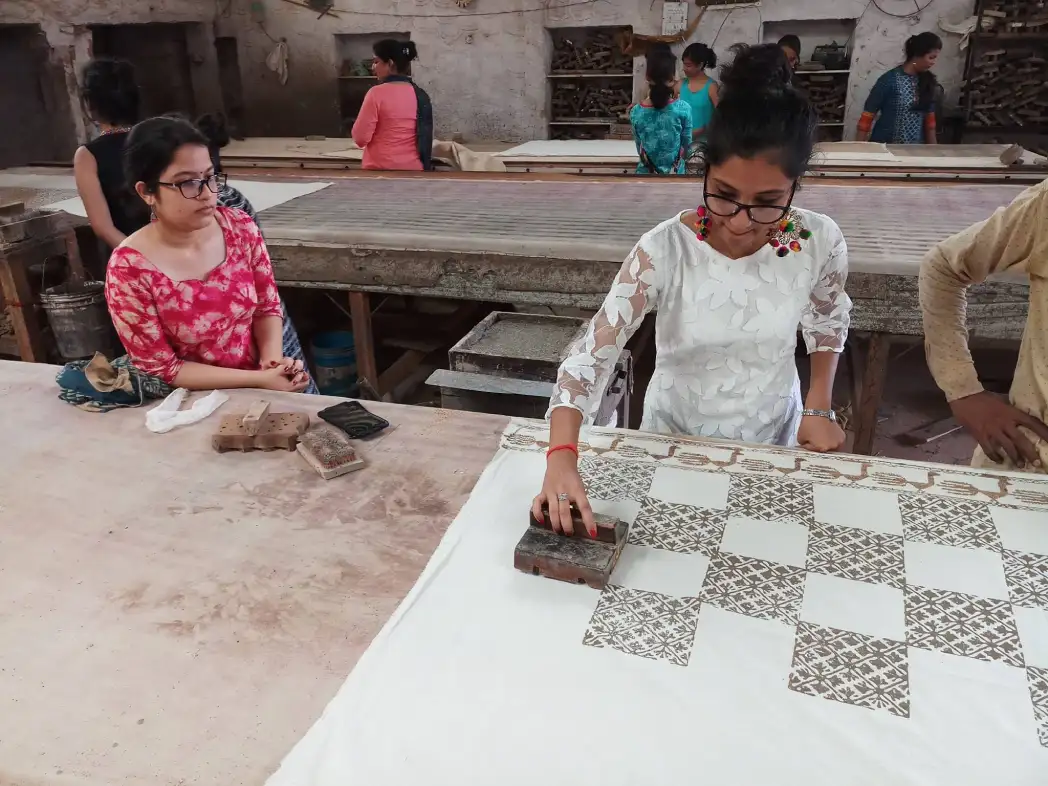
For those fascinated by textiles, Pipar village is a must-visit. Known for its hand block printing tradition, Pipar’s artisans create mesmerizing designs on cotton and silk using natural colors.
Patterns like leheriya, booti, and dabu printing showcase the artistry of rural Rajasthan. The village’s printing workshops attract design students and buyers from across India.
Pro Tip: You can buy directly from local workshops or plan a half-day printing workshop to learn the craft.
4. Sojat — Where Henna and Craft Flourish
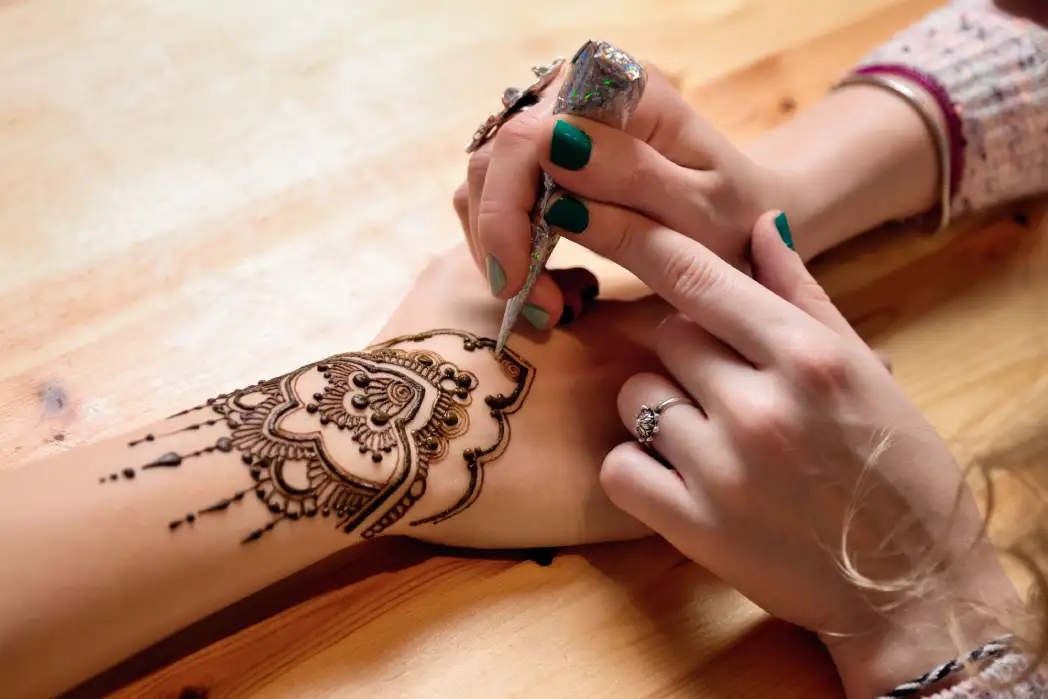
Sojat, on the banks of the Sukri River, is famous worldwide for its henna production, but it’s also home to skilled metal and wood artisans. They craft ornate furniture, door panels, and utensils featuring floral and peacock motifs — an art form influenced by Rajput architecture.
Visitors can witness the henna-making process — from drying leaves to grinding the fine powder — and explore local markets filled with wooden handicrafts and silver jewelry.
5. Osian — The Ancient Oasis of Art and Architecture

The desert town of Osian, often called the “Khajuraho of Rajasthan,” is known for its beautifully carved temples and ancient art forms. The local artisans here specialize in stone carving, miniature painting, and jewelry making.
A visit here feels like stepping into a living museum — the temples’ sculptural details mirror the artistry of local craftspeople.
Tip for Travelers: Combine your Osian visit with a desert safari or camel camp for a mix of adventure and art exploration.
6. Barmer and Balotra — Textile Treasures of Marwar
Though slightly beyond central Marwar, Barmer and Balotra villages are worth the journey for textile enthusiasts.
-
Barmer is renowned for Applique, Patchwork, and Ajrakh block printing, with designs that tell folk stories.
-
Balotra, on the other hand, is a center of natural dyeing and hand-block prints.
You’ll often see women embellishing fabrics with mirror work, while men mix natural dyes under open skies — a rare glimpse into sustainable artistry.
Did You Know? Many luxury fashion brands source their prints and fabrics from artisans in Barmer.
7. Bishnoi Villages — The Eco-Conscious Artisans
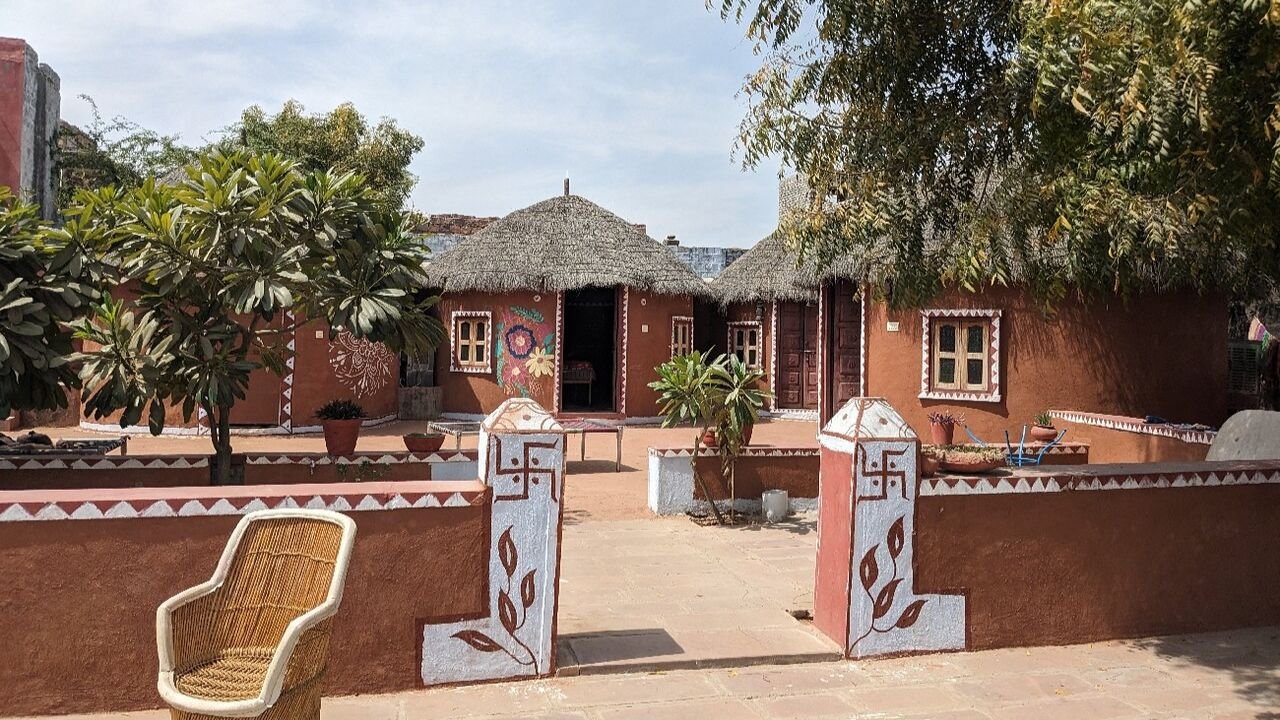
Located around Jodhpur, the Bishnoi villages are not just cultural hubs but also models of sustainable living. The Bishnoi community is deeply connected to nature — their art reflects that ethos.
From lac bangles to handwoven fabrics, Bishnoi artisans create beauty without harming the environment. They also practice pottery, animal care, and eco-tourism, welcoming visitors for immersive experiences.
Travel Highlight: Visit Guda Bishnoi village to enjoy a jeep safari, interact with locals, and learn about their art forms rooted in ecology.
Cultural Experiences Along the Way
A Marwar villages tour isn’t just about crafts — it’s about the stories, songs, and smiles that come with them.
-
Listen to Manganiyar and Langa folk musicians in desert hamlets.
-
Watch Kalbeliya dancers perform under starry skies.
-
Enjoy local delicacies like ker sangri, bajre ki roti, and lassi served with warmth.
Every moment in these villages deepens your connection with Rajasthan’s living heritage.
Planning Your Marwar Villages Tour
📍 How to Reach
Most tours start from Jodhpur, well connected by air, rail, and road. You can hire local guides or book curated village tours through travel operators specializing in rural Rajasthan.
🕰️ Best Time to Visit
October to March is ideal, offering pleasant weather for exploring and festivals like the Marwar Festival and RIFF Jodhpur.
🏠 Where to Stay
Opt for homestays or heritage guesthouses in villages like Salawas or Bishnoi hamlets for a genuine rural experience. Many are run by local families who offer authentic Rajasthani hospitality.
Sustainable Tourism and the Future of Marwar Crafts
Supporting rural artisans isn’t just about buying crafts — it’s about sustaining an entire ecosystem of heritage and livelihoods. Each purchase or visit helps preserve these art forms from fading under industrialization and modern pressures.
By choosing authentic village experiences and promoting ethical tourism, travelers contribute to the survival of Marwar’s cultural DNA — one craft at a time.
Conclusion: Where Every Craft Tells a Story
A Marwar Villages Tour is a journey into the living heart of Rajasthan — a place where every artisan is a storyteller and every object carries a legacy. From handwoven rugs to intricate pottery and painted textiles, Marwar’s villages offer a glimpse into India’s timeless artistry.
So the next time you visit Jodhpur, take a detour — step off the tourist trail and meet the people who keep Rajasthan’s colors alive, one handmade masterpiece at a time.
